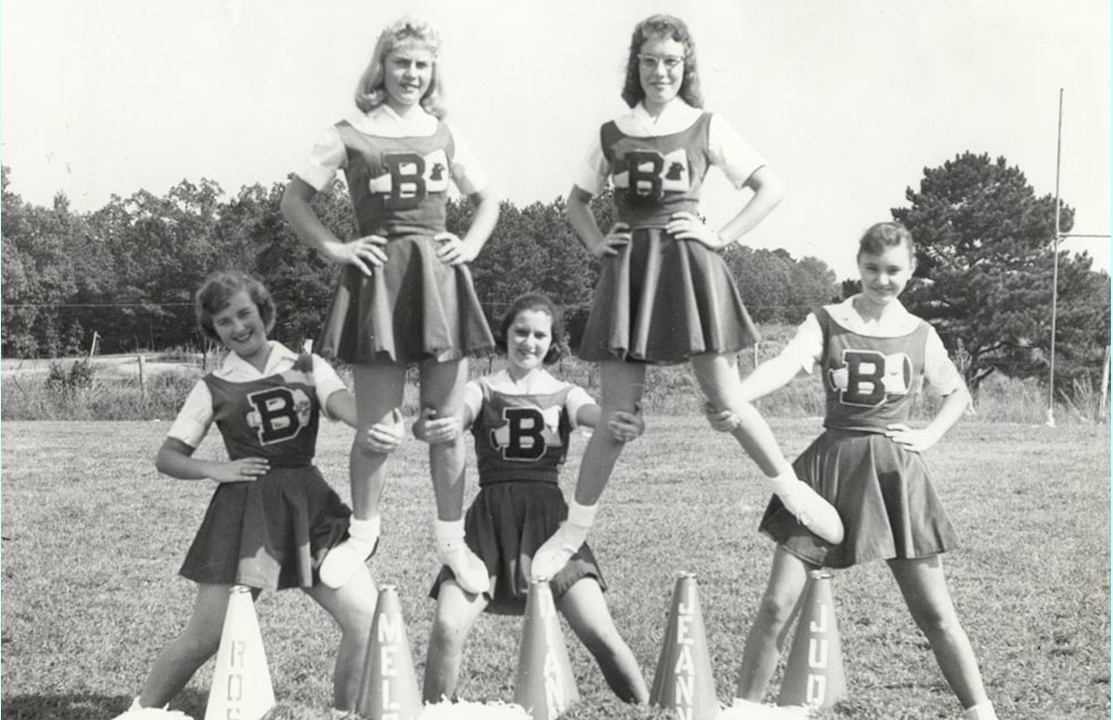You may not think cheerleading is a sport. Indeed, how hard can it be to get in front of a crowd of sports fans cheering for your side? Not so fast! Cheerleaders practice and perform remarkable tumbling, jumping, and dancing techniques that resemble gymnastic floor routines. Perhaps the best reason cheerleading is a sport comes from the strength and endurance needed for stunting (pyramid building), which contributes to cheerleading's spot as one of the most injury-prone sports.
The First Cheer Leader
In organized sports, injuries are avoided and expected. But, in nineteenth-century America, many understood if you played college football, you'd get hurt. Just like today, thousands of fans would join together and watch these (mostly) male games. Exciting gameplay promotes spectator cheers. This was the case when medical student Johnny Campbell attended a football game on November 2, 1898. The role of a “cheer leader" gradually developed out of school-specific chants and songs, gaining popularity since the first intercollegiate university football game in 1869. Campbell was the University of Minnesota's cheer leader for many games as other teams throughout the country made up their own chants and songs led by their own leaders. Unfortunately, women were excluded as cheer leaders until 1923, almost a generation after Campbell.
Cheerleading Today
Today, cheerleaders work in tandem with sports teams to give spectators a show. The International Cheer Union (ICU) has around 7.5 members in 116 countries. Modern cheerleading squads still have men, but it is a sport where women play a prominent role in organizing and competing in cheerleading competitions where a group of judges. This high-level competition supports professional cheerleading squads that do breathtaking stunts. These competitions help professional squads maintain their importance to fan support at college and professional sporting events, just like they did more than a century ago.

